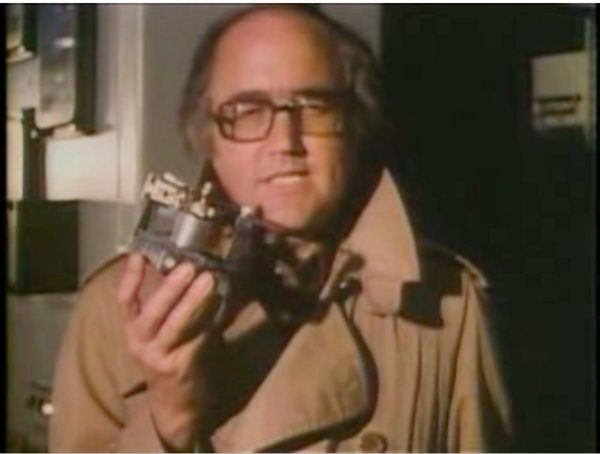After Monday’s cabbage-buying expedition to the Virginia mountains, Wednesday was sauerkraut-making day. To make sauerkraut, you need:
1. Cabbage. I bought cabbage in 50-pound sacks close to the farm in Carroll County, Virginia.
2. Sea salt. I used refined sea salt bought in bulk at Whole Foods. I would have preferred to use a really premium salt like Celtic sea salt. Any good salt will work, though, as long as it’s not iodized.
3. Something to slice the cabbage with. We used a wooden box slicer made in Eastern Europe that I bought at an on-line store. This slicer is pretty efficient, and it slices the cabbage nice and uniformly thin, which is essential for good sauerkraut.
4. A crock to ferment the sauerkraut in. I used Harsch No. 15 crocks. These crocks are made in Germany especially for fermenting vegetables. They’re not cheap.
5. A friend to help with all the work. A friend from California is visiting this week. We made 30 pounds of sauerkraut in about 3.5 hours. Hard work, but not that bad.
About kraut recipes and the amount of salt: The U.S. Department of Agriculture recommends way too much salt in homemade sauerkraut. According to the article about sauerkraut at Wikipedia, this is because, if the fermentation temperature is too high, the wrong kind of bacteria will grow. Most sauerkraut recipes on the web call for 6 tablespoons of salt for 10 pounds of cabbage. The recipe that comes with the Harsch crocks calls for 5 to 8 grams of salt for 1 kilogram of cabbage, far less than the USDA number. After much deliberation, I decided to use 2.5 tablespoons of salt for 10 pounds of cabbage, in the range recommended by Harsch. I believe this is a ratio of about .008, in the low end of the acceptable ratios given by Wikipedia — .006 to .020. If you use a larger amount of salt in the sauerkraut, the kraut is too salty to eat and must be washed before eating. That washes away the nutrients — bad idea.
Why canned sauerkraut isn’t as good for you: There are some good brands of sauerkraut on the market in glass jars. But if you put the sauerkraut in jars, you have to heat it, killing off the beneficial bacteria and enzymes. To get the full health benefits of sauerkraut, it must be eaten from the crock, unheated and unwashed. In other words, you have to make your own sauerkraut.
Some of the sauerkraut-making apparatus
The crock filled with salted cabbage
The cabbage with the weights on top. These weights come with the Harsch crocks. They hold the cabbage down so that it stays covered with brine.
The crocks all filled and ready to start fermenting. These crocks are in the cellar of my new house.



